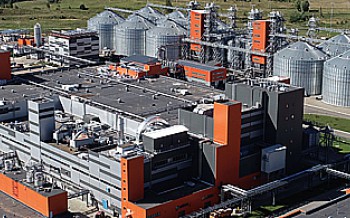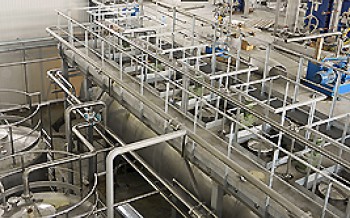Technology for Starch Sweetener Production
Starch sugars are a group of starch derivatives, which find significant application as natural sweeteners in foodstuff and beverages or as components in other fields, for instance in pharmaceuticals and cosmetics. In the bioprocess industry, they serve as a substrate to manufacture fermentation products.
On this page you can find out how starch sugars are produced and how Vogelbusch can contribute to setting up a starch sweetener plant.
How are starch sugars made?
Starch is a carbohydrate, which is extracted from agricultural raw materials such as corn, wheat, sorghum (milo), cassava (tapioca) in a wet milling plant. The extract, starch milk, is treated in several steps to split up the sugar components that the starch molecules are made of. Depending on the desired sugar profile and functionality, the conversion conditions are selected, followed by a series of carefully adjusted purification processes and finishing for liquid and dried varieties.
Starch sugar know-how and technology
Our technology is based on the processing of starch milk. Vogelbusch has long experience with the conversion of starch by using dedicated enzymes (liquefaction and saccharification process). Downstream operations include product isolation, purification and concentration steps, which are based on the desired application.
We can also carry out customized cross integration of other technologies involved (dry milling, wet milling, by-product processing) with the facilities processing starch milk into sweeteners or other upgraded starch or fermentation products.
Your benefits at a glance
- Thorough understanding of the processes involved
- Options from simple to complex product line-up
- Experience in integration of third party technologies
- Complementing technologies available (alcohol, organic acids)
Product types
The different types of starch sugars vary considerably in their composition and in their dextrose equivalent (DE), which represents the respective degree of conversion of starch to dextrose.




